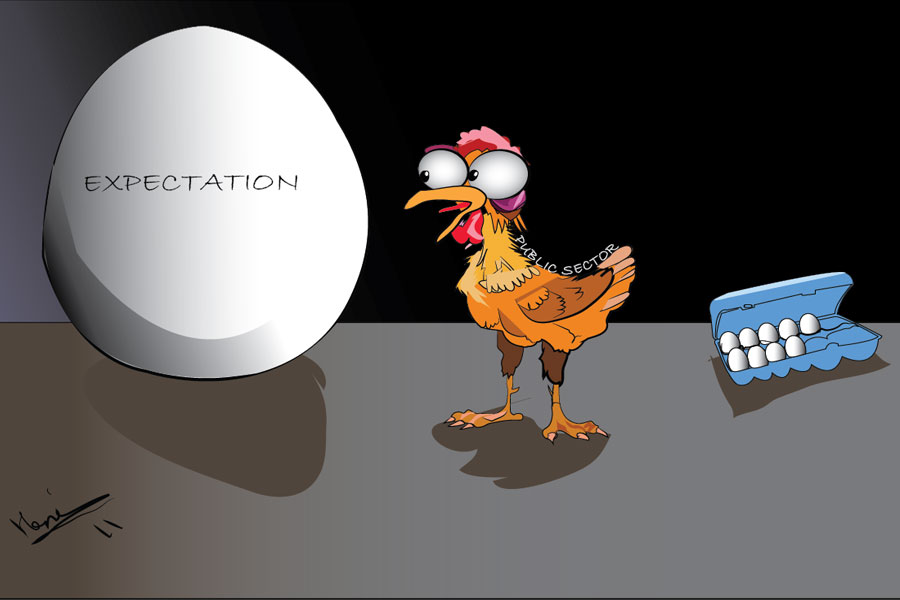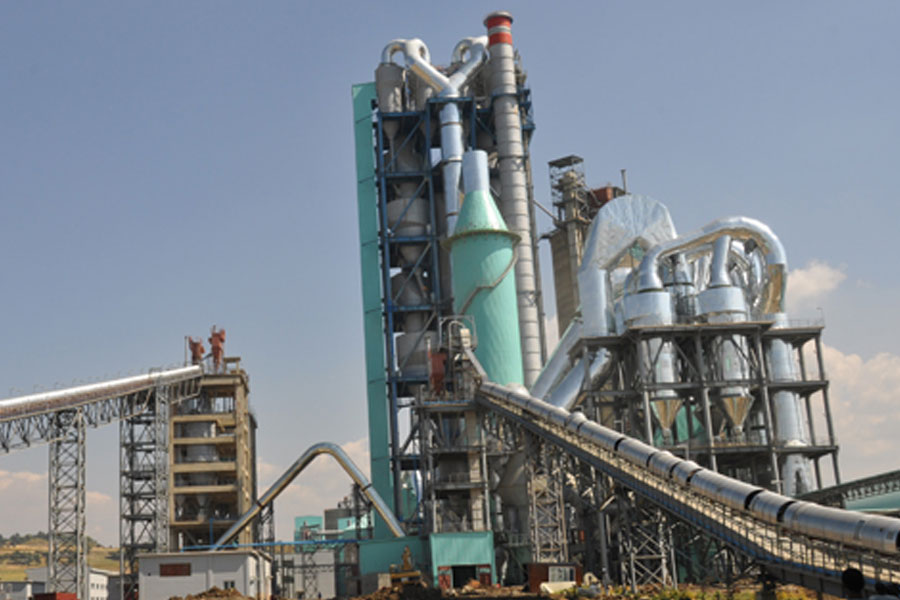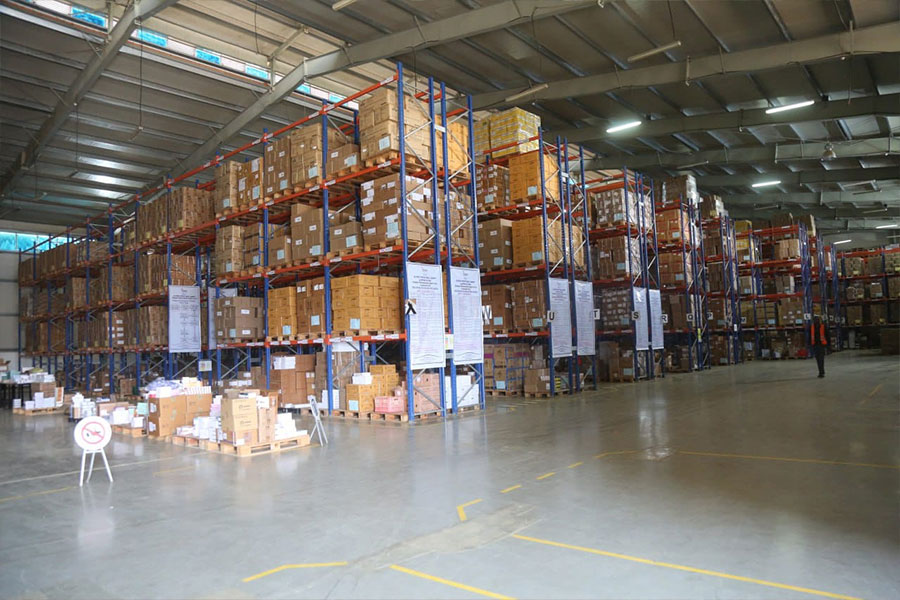
Fortune News | May 09,2020
Applying advanced reproductive biotechnology to dairy cattle is indicated as a way to rectify the underwhelming performance of the industry plagued with dismal production and earnings.
Following a long-term engagement with genetic improvement through cross-breeding techniques, experts drawn from the Ministry of Agriculture, the National Artificial Genetics Institute, the Livestock Development Institute and Ethiopian International Agriculture Research released a standard last month.
They acknowledged that a limited understanding of key procedures was observed in small and large e-scale dairy production, which calls for intervention.
Although artificial insemination and estrus synchronisation were already used in the country, protocols to advance the procedure by selecting the appropriate genotype and production environment were put forth by the experts.
It encompasses minimum requirements for equipment, protocols on estrus synchronisation and necessary training needed to qualify as artificial insemination technicians.
"Limited technical knowledge is probably the biggest drawback," said Lema Gemeda. He was part of the team involved in the preparation of the guidelines as the head of the dairy production directorate at the Ministry.
Lema acknowledged a significant lag in the adoption of biotechnology while urging a concerted effort to meet the shortage of skilled labour.
Ethiopia has the largest livestock population in Africa with 70 million cattle, 52.5 million goats and 8.1 million camels. Meanwhile, the annual milk production hovers around five billion litres with 81.2pc coming from dairy cattle, 15.8pc from goats and 4.8pc from camels.
"The vast discrepancy between the output and potential is the primary motivation behind the new guideline," he told Fortune.
The number of skilled professionals in artificial insemination techniques currently stands at 94 nationwide. Considering the Oromia Regional State as a hotspot for dairy production, the Ministry has launched an education campaign in six zones and 12 weredas to address the gap.
Lema revealed plans to expand the campaign during the year in the Southern and Amhara regional states, stressing the importance of incorporating the practice in smallholder farms.
Ethiopian dairy production averages 1.7ltr per cow over an average lactation period of 180 days. The rural mixed crop-livestock dairy system produces the largest share of milk, contributing 72pc of the total milk supply.
The standard availed by experts is expected to serve as a benchmark for a 10-year nationwide dairy development strategy. Alongside this, a bill to reform the supply chain through the introduction of licenses, quality standard approvals and formal contracts is prepared by the Ministry of Agriculture.
While the bill awaits approval from Parliamentarians, producers and processors have been hit with the sweeping wrath of inflation.
Hibret Dairy Producers Cooperative is found in the capital with up to 5,000ltrs daily production.
The Manager Wondimeneh Ashebir said the diminishing supply of imported products such as medicine has prevented them from producing at full capacity.
"We are using a quarter of our capabilities," he said.
He indicated that both the price of feed and dairy cattle has significantly increased over the past year, with forage rising to 1,800 Br for a kilogram from 1,200 Br and soya bean cakes vanishing from the market amidst surging exports.
Wondimeneh considers the 300,000 Br price for a dairy cattle "demoralising" investment in the current setting where inflation, which has chipped away the purchasing power of citizens, is significantly dragging down demand.
"It's like buying a small vehicle," he told Fortune in a humorous tone.
He pointed to the lack of competent professionals in the dairy farm sector as a significant hindrance to the broader adoption of cross-breeding techniques in the country with limited certification standards.
"Most are self-proclaimed professionals," he said.
Academics point to the lack of targeted investments in animal husbandry and poor adoption of cross-breeding as impeding factors to the underwhelming dairy production.
Nuraddis Ibrahim (PhD), a researcher and lecturer at Jimma University's College of Agriculture & Veterinary Medicine, observes a serious lack of professionals and the absence of wider adoption of biotechnology tools to the poor output.
He indicated that proper investments in standard artificial insemination could improve the percentage of cross-bred cattle in the country, which currently accounts for a mere one per cent of total cattle.
"The past six-decade progress in biotechnology has been disappointing," Nuraddis told Fortune.
The expert believes investment in proper semen containers for storage and transportation, awareness campaigns for breeders and technicians and a better supply chain hold the promise of improving dairy production.
"You can shower in milk in the neighbouring countries," he said, emphasising the need for overhauling the method.
While the production volume is challenged, quality is also a prevailing issue amongst consumers.
A four-year-long study was conducted by Addis Abeba University partnering with the Ethiopian Institute of Agricultural Research and Kansas and Penn State universities. After looking at 1,500 samples, it revealed that the nutritional composition of milk is found to have 27pc less protein and 25pc less fat than the quality standard, while 85pc of raw milk and 90pc of pasteurised milk were found in poor hygienic conditions.
Residents of Addis Abeba such as the 29-year-old Kazi Zekariya have gotten accustomed to consuming powdered or packed pasteurised milk due to the shortage of supply.
The avid exercise enthusiast believes he can replenish energy through regular consumption of milk. However, he claims to have observed a decline in quality through the years.
Kazi usually settles for packed milk varieties for lack of better options, although he does not believe he gets genuine products in the market.
"They are watery while the organic ones have questionable hygiene," he said.
PUBLISHED ON
Sep 30,2023 [ VOL
24 , NO
1222]

Fortune News | May 09,2020

Fortune News | Aug 04,2024

Editorial | Dec 19,2018

Radar | May 23,2021

Radar | Apr 10,2021

Radar | Jul 06,2025

Fortune News | Jun 29,2025

Fortune News | Aug 07,2021

Fortune News | Jan 03,2025

Radar | Jul 06,2019

Dec 22 , 2024 . By TIZITA SHEWAFERAW
Charged with transforming colossal state-owned enterprises into modern and competitiv...

Aug 18 , 2024 . By AKSAH ITALO
Although predictable Yonas Zerihun's job in the ride-hailing service is not immune to...

Jul 28 , 2024 . By TIZITA SHEWAFERAW
Unhabitual, perhaps too many, Samuel Gebreyohannes, 38, used to occasionally enjoy a couple of beers at breakfast. However, he recently swit...

Jul 13 , 2024 . By AKSAH ITALO
Investors who rely on tractors, trucks, and field vehicles for commuting, transporting commodities, and f...

Jul 5 , 2025
Six years ago, Ethiopia was the darling of international liberal commentators. A year...

Jun 28 , 2025
Meseret Damtie, the assertive auditor general, has never been shy about naming names...

Jun 21 , 2025
A well-worn adage says, “Budget is not destiny, but it is direction.” Examining t...

Jun 14 , 2025
Yet again, the Horn of Africa is bracing for trouble. A region already frayed by wars...